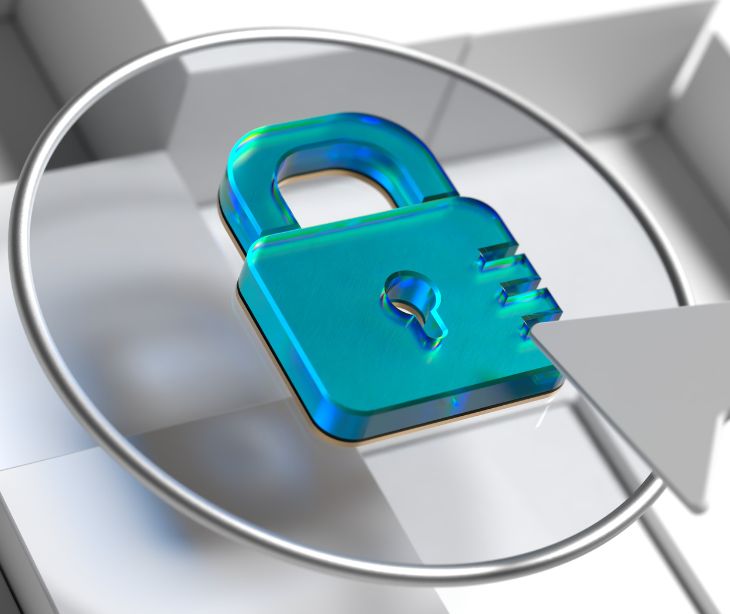
Electronic protected health information (ePHI) provides healthcare professionals with efficient access to patient records and enables better care coordination. However, the digitization of sensitive health data also raises concerns about the security and privacy of patient information. Properly disposing of ePHI is a HIPAA requirement that ensures that patient confidentiality is maintained and the risk of data breaches is minimized.
What is electronic PHI?
Electronic PHI encompasses an array of patient health data stored in electronic formats, including :
- Electronic health records (EHRs)
- Medical images
- Lab results
- Prescriptions
- Billing information
Related: What is protected health information (PHI)?
HIPAA requirements for ePHI disposal
- The privacy rule establishes standards to safeguard individuals' medical records and other protected health information. Covered entities must implement measures to protect ePHI from unauthorized use and disclosure. When disposing of ePHI, healthcare organizations must ensure that all patient information is permanently and securely removed to prevent unauthorized access or potential data breaches.
- The security rule complements the privacy rule by setting forth the technical, physical, and administrative safeguards that covered entities and their business associates must implement to protect ePHI. When disposing of electronic devices or storage media containing ePHI, the security rule requires that healthcare organizations employ reliable data erasure techniques to ensure data is completely and irreversibly removed.
Secure ePHI disposal methods
- Data encryption and decryption: Encryption protects ePHI from unauthorized access during storage and transmission. Covered entities must use encryption algorithms to render ePHI unreadable and unusable to unauthorized individuals. Additionally, proper decryption protocols should be established to allow authorized personnel access when needed.
- Reliable data erasure techniques: Data erasure is the process of securely removing data from storage devices. Implementing certified data erasure methods, such as overwriting data multiple times, ensures that ePHI is thoroughly removed from storage media. For magnetic media like hard drives and tapes, employ degaussing to destroy data by altering the magnetic fields.
- Physical destruction of storage devices: Securely disposing of hardware prevents unauthorized access to ePHI. When electronic storage devices reach the end of their life cycle, such as decommissioned servers, obsolete laptops, or discarded mobile devices, they should undergo physical destruction. Shredding or pulverizing hard drives and other storage media ensures that data recovery is virtually impossible.
- Verification and auditing: Regularly auditing ePHI disposal procedures and maintaining detailed documentation ensures compliance with HIPAA requirements. Conduct periodic reviews of data disposal practices to help identify potential vulnerabilities and ensure that the implemented measures align with the organization's security policies.
- Cloud service and vendor considerations: Many healthcare organizations leverage cloud services to store and manage ePHI efficiently. When engaging third-party cloud service providers or vendors, covered entities must ensure that these entities adhere to secure data deletion practices. Contractual agreements should explicitly outline the responsibilities of the cloud service provider regarding ePHI disposal and hold them accountable for compliance with data security standards.
Subscribe to Paubox Weekly
Every Friday we'll bring you the most important news from Paubox. Our aim is to make you smarter, faster.




